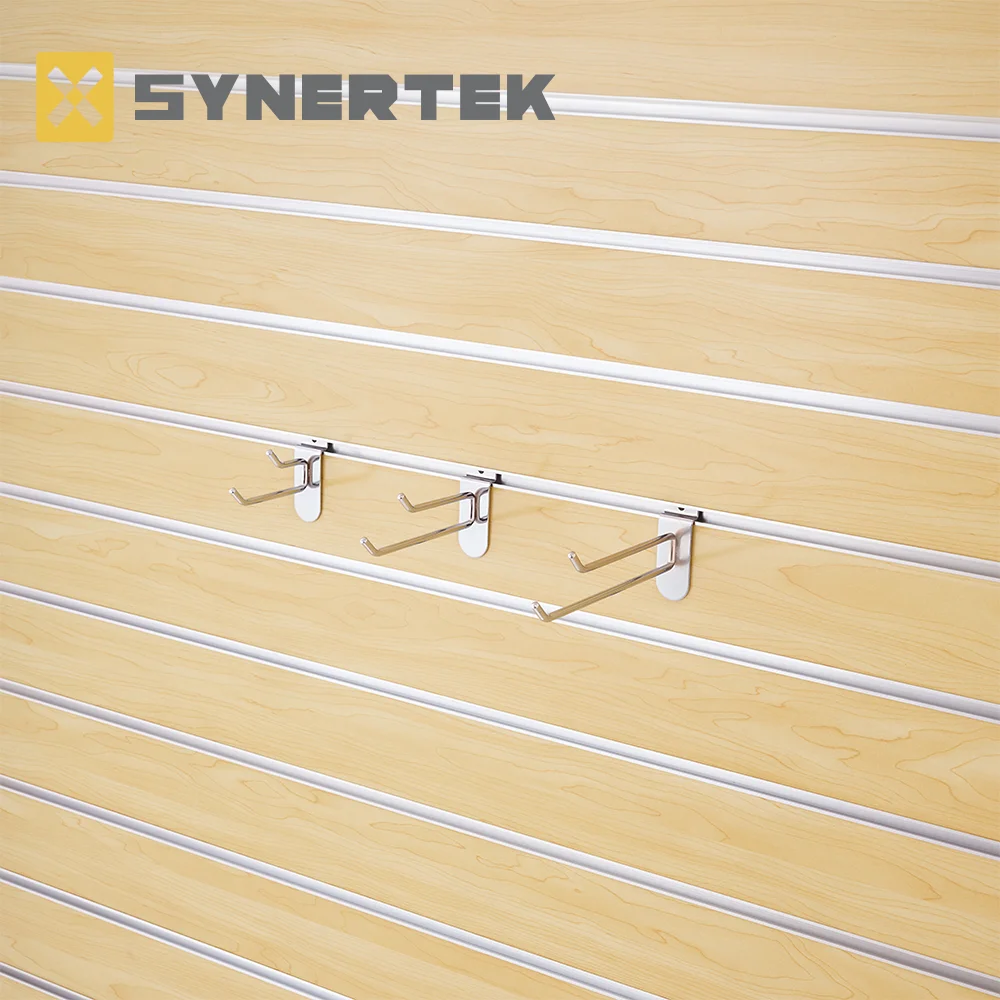As the summer sun blazes down, homeowners and business owners alike often find themselves grappling with the challenge of keeping indoor spaces cool and comfortable. One of the most significant contributors to indoor heat is sunlight streaming through windows. Fortunately, there are several effective solutions to mitigate this issue. In this article, we will explore various options for window treatments and technologies that can help block heat, enhance energy efficiency, and improve overall comfort.
Understanding the Heat Transfer Process
Before diving into solutions, it’s essential to understand how heat enters through windows. Heat transfer occurs primarily through three mechanisms: conduction, convection, and radiation. Windows, especially single-pane varieties, can be significant conduits for heat gain. The sun’s rays penetrate the glass, raising indoor temperatures and increasing reliance on air conditioning systems. Therefore, implementing effective window treatments is crucial for maintaining a comfortable indoor environment.
- Window Films: A Modern Solution
One of the most innovative solutions for blocking heat is the application of window films. These thin, transparent sheets are designed to adhere to the glass surface and can significantly reduce solar heat gain.
- Types of Window Films: There are various types of window films available, including reflective, tinted, and low-emissivity (Low-E) films. Reflective films bounce back a significant portion of solar radiation, while tinted films absorb heat and reduce glare. Low-E films, on the other hand, minimize heat transfer while allowing natural light to enter.
- Benefits: Window films not only block heat but also provide UV protection, reducing fading of furniture and flooring. They can also enhance privacy without sacrificing natural light.
- Cellular Shades: Insulation and Light Control
Cellular shades, also known as honeycomb shades, are another excellent option for blocking heat. Their unique design traps air within the cells, providing an insulating barrier against heat transfer.
- Energy Efficiency: These shades can significantly reduce energy costs by keeping indoor spaces cooler in the summer and warmer in the winter. They are available in various opacities, allowing for light control while maintaining privacy.
- Customization: Cellular shades come in a range of colors and styles, making them a versatile choice for any interior design.
- Exterior Shading Solutions
Installing exterior shading devices can be an effective way to block heat before it even reaches the window.
- Awnings and Overhangs: Awnings can be installed above windows to provide shade during peak sunlight hours. Similarly, architectural overhangs can be designed to block high summer sun while allowing lower winter sun to enter.
- Pergolas and Shade Sails: For outdoor spaces, pergolas and shade sails can provide stylish and functional shading solutions, reducing heat gain in adjacent windows.
- Insulated Window Treatments
For those looking for a more traditional approach, insulated curtains and drapes can be highly effective in blocking heat.
- Thermal Curtains: These curtains are made with special insulating materials that help reduce heat transfer. They are particularly effective when closed during the hottest parts of the day.
- Layering Techniques: Combining sheer curtains with thermal drapes can provide both light control and insulation, allowing homeowners to adapt to changing weather conditions.
- Smart Window Technologies
As technology advances, smart window solutions are becoming increasingly popular.
- Electrochromic Glass: This innovative glass can change its tint in response to electrical signals, allowing users to control the amount of light and heat entering a space.
- Automated Blinds: Smart blinds can be programmed to open and close based on the time of day or temperature, optimizing heat control without manual intervention.
Conclusion: Choosing the Right Solution
When considering what to put on windows to block heat, it’s essential to evaluate your specific needs, budget, and aesthetic preferences. Each solution offers unique benefits, and often a combination of methods will yield the best results. By investing in effective window treatments, homeowners can enhance their comfort, reduce energy costs, and create a more sustainable living environment.



